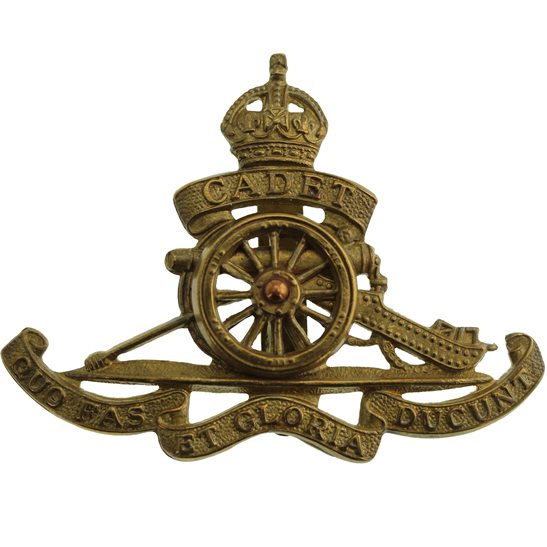Personal Details
Born: 8 September 1894 in Trentham, Staffordshire and baptised on 27 January 1895 in Trentham Parish Church.
Family: He was the youngest of four children born to Frederick Mitchell, a groom – later a publican, and his wife Elizabeth. He married Violet A Wheeldon in 1921 in Burton upon Trent, Staffordshire and together they had two children – Frederick Richard and Clement B.
Residence: At the time of his baptism the family lived in Trentham; by 1901 they had moved to the Wellington Inn, St. John Street, Ashbourne, Derbyshire where Frederick was publican. In 1911 he was living at The Globe, Broad Lane, Stapeley, Cheshire. The address given for him on the 1919 Absent Voters’ Register was 148 Wrexham Road, Whitchurch, this was the home of his mother, Elizabeth. In 1939 he was living at Mount Pleasant, Hollyhurst, Marbury, Cheshire. At the time of his death he lived at Clematis Cottage, Marbury, Cheshire.
Employment: In 1911 he worked in the furnishing trade; in 1939 he was a coal merchant and smallholder.
Died: 3 November 1967 in Marbury, aged 73.
Military Details
Regiment: Royal Field Artillery
Rank: Driver
Service Number: 91083
Date of Enlistment: 1 September 1914
Date of Discharge: 26 February 1919
Reason for Discharge: Demobilisation
Bernard was awarded the Campaign Medals (1915 Star, Victory and British War Medals)

The 1914 Star (also known as 'Pip') was authorised under Special Army Order no. 350 in November 1917 and by an Admiralty Fleet Order in 1918, for award to officers and men of the British and Indian Expeditionary Forces who served in France or Belgium between 5 August and midnight of 22–23 November 1914. The former date is the day after Britain's declaration of war against the Central Powers, and the closing date marks the end of the First Battle of Ypres.
The 1914–15 Star (also known as 'Pip') was instituted in December 1918 and was awarded to officers and men of British and Imperial forces who served against the Central European Powers in any theatre of the Great War between 5 August 1914 and 31 December 1915. The period of eligibility was prior to the introduction of the Military Service Act 1916, which instituted conscription in Britain.
The British War Medal (also known as 'Squeak') was a silver or bronze medal awarded to officers and men of the British and Imperial Forces who either entered a theatre of war or entered service overseas between 5th August 1914 and 11th November 1918 inclusive. This was later extended to services in Russia, Siberia and some other areas in 1919 and 1920. Approximately 6.5 million British War Medals were issued. Approximately 6.4 million of these were the silver versions of this medal. Around 110,000 of a bronze version were issued mainly to Chinese, Maltese and Indian Labour Corps. The front (obv or obverse) of the medal depicts the head of George V. The recipient's service number, rank, name and unit was impressed on the rim.
The Allied Victory Medal (also known as 'Wilfred') was issued by each of the allies. It was decided that each of the allies should each issue their own bronze victory medal with a similar design, similar equivalent wording and identical ribbon. The British medal was designed by W. McMillan. The front depicts a winged classical figure representing victory. Approximately 5.7 million victory medals were issued. Interestingly, eligibility for this medal was more restrictive and not everyone who received the British War Medal ('Squeak') also received the Victory Medal ('Wilfred'). However, in general, all recipients of 'Wilfred' also received 'Squeak' and all recipients of The 1914 Star or The 1914/1915 Star (also known as 'Pip') also received both 'Squeak' and 'Wilfred'. The recipient's service number, rank, name and unit was impressed on the rim.

